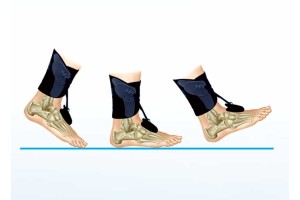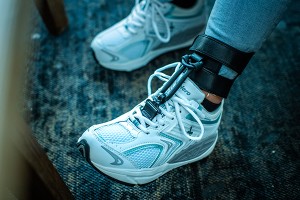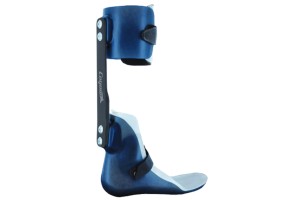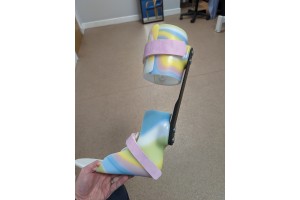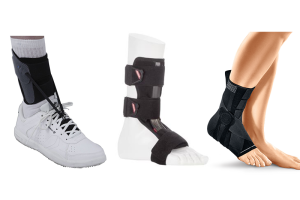How Do You Deal With Injury That Has Just Occurred?
The most widely recognised method of dealing with an injury that has just occurred (known as an acute injury) is called PRICE.
This stands for Protect, Rest, Ice, Compress and Elevate.
Protect – Make sure the injured area is in a comfortable position and protected from further injury, this could be in the form of a bandage if the wound is open, possible hospital visit may be required.
Rest – Make sure the injured area is as still as possible and the surrounding muscles are being put under as little strain as possible
Ice – Apply ice to the injured area to further reduce the amount of blood flowing to the area to aid in the reduction of swelling and aid the body through the healing process.
Compress – A compression bandage can be applied to the injured area to reduce the space in which the swelling can affect, aiding the body in the recovery process.
Elevate – The injured area is raised above the heart to further reduce the amount of blood flowing to the area and aid the healing process.
If you are unsure about the severity of the injury you should visit the A and E at a hospital to get checked out, especially if you suspect a fracture. Once the swelling has subsided and pain still persists it may be a good idea to receive a clinical assessment from a professional, e.g. Sports Therapist or Physio.
What is the Most Common Injury at the Ankle?
There are many injuries that can occur around the ankle, one of the most common is an inversion sprain at the ankle joint. This is when the ankle rolls inwards and excess strain input on the surrounding tissues located on the outside of the ankle. This usually results in damage or tearing to the ligaments on the outside of the ankle joint, most commonly the Anterior Talofibular Ligament (ATFL).
This is usually accompanied by further damage to various soft tissue structures around the area resulting in an inability to weigh bear (stand) on the limb and a large amount of swelling. It can also result in a fracture and may require an x-ray to confirm.
Ask a Sports Therapist
To see your question answered by our Sports Therapist, comment or message us on Facebook!

